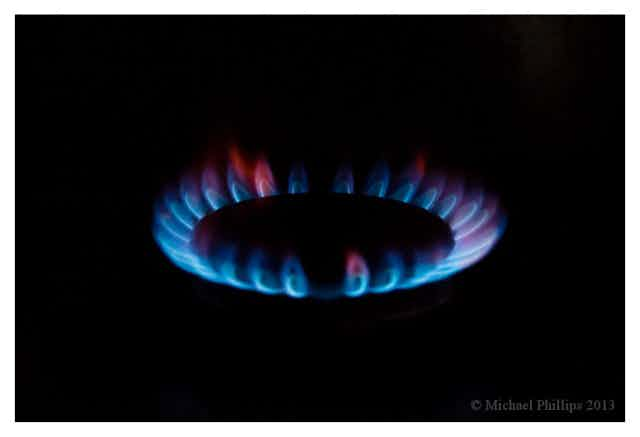The NSW Energy Security Summit being held in Sydney this week looks like turning into a debate on the relative economic and environmental credentials of coal seam gas, while at the same time exposing a particularly quaint Australian version of energy security worries.
The Grattan Institute’s June report, Getting gas right: Australia’s energy challenge, shows how a rising export industry on the east coast plus ongoing strong exports from Western Australia put Australia at the forefront of the global gas revolution.
But as a result of this bounty, infrastructure constraints, along with commercial battles over prices could mean rising domestic prices. We could also see difficulties getting gas to where it is needed on the east coast, especially in New South Wales, over the next three to five years.
Australia is poised to become the world’s biggest gas exporter. It therefore seems strange that we should be looking at gas price increases and supply squeezes so significant that they are prompting many to call for restraint on gas exports, or even price protection for domestic gas consumers.
Australia’s proven and probable reserves of gas are enough to meet more than 70 years of demand at current rates of production. And there’s more – the potential resource of coal seam and shale gas could be four times as large as the known reserves.
Yet the small size of our domestic gas market has led to a dramatic development of new and expanded export capacity in Queensland and Western Australia. The Asian market - partly to meet economic growth and partly because nuclear power output is frozen in Japan after the 2011 Fukushima incident - is prepared to pay prices high enough to support more than A$160 billion in liquefied natural gas production facilities in Australia.
In the last few months, we have seen further evidence of the attractiveness of the Asian market. There have been approvals for exports from the US, announcements of LNG export projects in Canada and East Africa and continuing uncertainty over when Japan will be prepared to recommission its nuclear power plants.
The ramp up to meet this export opportunity creates two related pressures for the domestic gas market.
First, domestic prices are now exposed to global markets just as many long-term local contracts are expiring. This places very great pressure on prices, as producers will sell to the buyer prepared to pay the most.
Second, failure to close new contracts and concerns that much of the gas will be diverted to the export market have led to claims of a looming gas shortage. New South Wales, the only mainland state without its own major gas resource, looks particularly exposed.
Major gas users have raised the prospect of gas shortages, plant closures and job losses unless governments intervene. Potential coal seam gas developers in New South Wales have used the opportunity to aggressively lobby the state government to support their project developments. Environmentalists and farmers’ representatives are opposed to such developments.
There is no fundamental reason New South Wales cannot rely on gas from other states being delivered through commercial deals.
However, Grattan Institute’s gas report did urge governments to quickly resolve the coal seam gas impasse in New South Wales. Gas either has to be developed within a secure regulatory framework, or commercial alternatives found. One such alternative is Origin Energy’s recently announced deal to secure an additional 432 petajoules of gas from ESSO/BHPB in Victoria. Part of this can be delivered in New South Wales.
Governments must take the lead on resolving the impasse. But it also remains in the interests of gas producers and their customers to reach commercial agreements for gas supply on the east coast. Otherwise political pressure will push governments to intervene in ways that industry could regret. Protectionism via domestic reservation policies would be a particularly bad example of such intervention.
Strangely, the gas industry’s small share of our domestic energy market is out of step with the rest of the world, in which gas consumption is rising. The culprits are a perfect storm of falling electricity demand, policies that force more renewable energy into the supply mix, and increasing gas prices.
Our global role will be to feed the international appetite for gas, producing very large export earnings in the process. This must be balanced by domestic energy policy that resists the cries of industry rent-seekers and includes improved gas market transparency alongside clear climate change policies.
We have a way to go yet.

